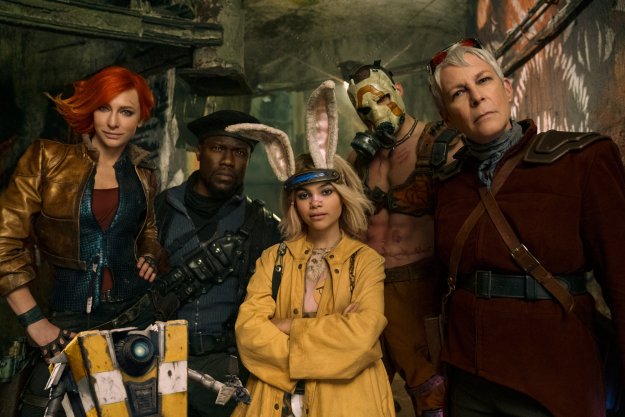Microsoft announced that Xbox fans will now be able to share their gaming moments in the form of Stories on the Xbox app for iOS and Android. The latest update came out on Tuesday, but it’s only available in Australia at the moment, with other regions expected to receive it soon. It’s basically the video game version of Instagram or Snapchat, which introduced the Stories format first.
To start creating stories, users can press the “+” button on their profile picture located in the Stories channel in the middle of the Xbox app’s home screen. From there, they can select any gameplay clip, screenshot, or achievement from the gallery to share with their friends, and then add a caption describing the moment they screengrabbed or the challenge they have accomplished. Once shared, the stories will be shown on the profile for 72 hours, which is triple what the limit is on Instagram and Snapchat.

When Snapchat was born in 2011, it gave birth to the social media trend of sharing photos and videos in a slideshow format for their friends to see for 24 hours — hence, Stories. Over the years, Stories became so popular, Instagram, its parent company Facebook (now Meta), and even YouTube adopted the format to add flavor to the platform that otherwise only allowed people to post photos and videos that would stay on their profile forever (unless, of course, they take them down or archive them for a variety of reasons). In 2020, Twitter put a spin on Stories and called it Fleets, but that feature only lasted eight months after mixed reactions from users.
Now that Stories has expanded to the gaming sphere, the feature on the Xbox app will be a boon for streamers to promote their content and their channels even further. If they can share gameplay footage and screenshots on their Instagram Stories, chances are they’ll share that content on the Xbox app’s Stories as well.
Editors' Recommendations
- All cross-platform games (PS5, Xbox Series X, PS4, Xbox One, Switch, PC)
- April’s most anticipated RPG is coming to Xbox Game Pass
- This satisfying $7 mobile puzzle game is money well spent
- Fallout 4 is finally getting free Xbox Series X and PS5 upgrades
- The best video game movies of all time




